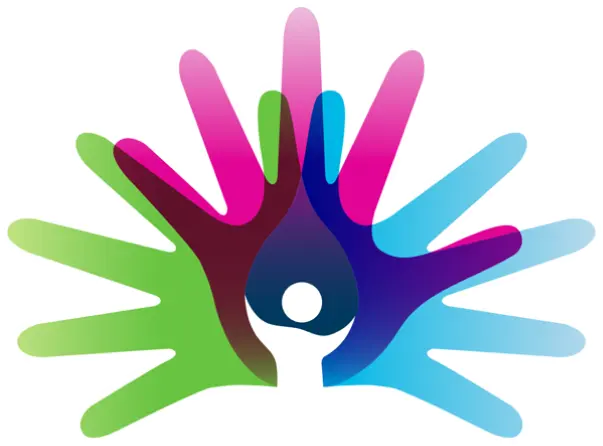- Home
- Browse by Disease
- Angiostrongyliasis
Disease Information
Summary
A foodborne zoonotic disease, endemic to Southeast Asia and the Pacific Islands, caused by the rat lungworm Angiostrongylus cantonensis and that is acquired by the ingestion of the infective larvae on vegetables or in raw or undercooked snails, slugs, land crabs, freshwater shrimps, frogs and lizards. The main feature is eosinophilic meningitis, with clinical manifestations including fever, headache, malaise, fatigue, vomiting, rhinorrhea, blurred vision, diplopia, cough, stiff neck, enteritis, constipation and paraesthesia due to the movement of the worms from the intestines to the lungs, central nervous system and eyes. In severe cases without treatment, coma and death can occur.
Summary
A foodborne zoonotic disease, endemic to Southeast Asia and the Pacific Islands, caused by the rat lungworm Angiostrongylus cantonensis and that is acquired by the ingestion of the infective larvae on vegetables or in raw or undercooked snails, slugs, land crabs, freshwater shrimps, frogs and lizards. The main feature is eosinophilic meningitis, with clinical manifestations including fever, headache, malaise, fatigue, vomiting, rhinorrhea, blurred vision, diplopia, cough, stiff neck, enteritis, constipation and paraesthesia due to the movement of the worms from the intestines to the lungs, central nervous system and eyes. In severe cases without treatment, coma and death can occur.A foodborne zoonotic disease, endemic to Southeast Asia and the Pacific Islands, caused by the rat lungworm Angiostrongylus cantonensis and that is acquired by the ingestion of the infective larvae on vegetables or in raw or undercooked snails, slugs, land crabs, freshwater shrimps, frogs and lizards. The main feature is eosinophilic meningitis, with clinical manifestations including fever, headache, malaise, fatigue, vomiting, rhinorrhea, blurred vision, diplopia, cough, stiff neck, enteritis, constipation and paraesthesia due to the movement of the worms from the intestines to the lungs, central nervous system and eyes. In severe cases without treatment, coma and death can occur.
About Angiostrongyliasis
Many rare diseases have limited information. Currently, GARD aims to provide the following information for this disease:
- Population Estimate:GARD does not currently have population estimates available for thisdisease.
- Symptoms:May start to appear at any time in life.
- Cause:This disease is caused by a parasite.
- Organizations:Contact a GARD Information Specialist to help search for patient organizations dedicated to this rare disease.
- Categories:Infectiousdiseases
Causes
What Causes This Disease?
This disease is caused by a parasite living in or on a person. Examples of parasites include mites, parasitic worms, fungi, and single-celled organisms. Parasites can be passed to people by other people. They may also be passed to humans from infected insects or animals. In some cases, you may contract a parasite by breathing in fungal spores, coming into contact with infected blood or soil, or through contaminated food or water. Learn more about parasitic infectious diseases from the Centers for Disease Control and Prevention (CDC).
When Do Symptoms of Angiostrongyliasis Begin?
Symptoms of this disease may start to appear at any time in life.
The age symptoms may begin to appear differs between diseases. Symptoms may begin in a single age range, or during several age ranges. The symptoms of some diseases may begin at any age. Knowing when symptoms may have appeared can help medical providers find the correct diagnosis.
The age symptoms may begin to appear differs between diseases. Symptoms may begin in a single age range, or during several age ranges. The symptoms of some diseases may begin at any age. Knowing when symptoms may have appeared can help medical providers find the correct diagnosis.
Prenatal Selected
Before Birth
Newborn Selected
Birth-4 weeks
Infant Selected
1-23 months
Child Selected
2-11 years
Adolescent Selected
12-18 years
Adult Selected
19-65 years
Older Adult Selected
65+ years
Symptoms may start to appear at any time in life.
Symptoms
The types of symptoms experienced, and their intensity, may vary among people with this disease. Your experience may be different from others. Consult your health care team for more information.
The following describes the symptom(s) associated with this disease along with the corresponding body system(s), description, synonyms, and frequency (Note: Not all possible symptoms may be listed):
The following describes the symptom(s) associated with this disease along with the corresponding body system(s), description, synonyms, and frequency (Note: Not all possible symptoms may be listed):
Nervous System Nervous System
35 Symptoms
35 Symptoms
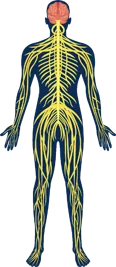
Nervous System
The nervous system is made up of the brain, spinal cord, and nerves. Common symptoms of problems in the nervous system include trouble moving, speaking, swallowing, breathing, or learning. Problems with memory, senses, or mood may also occur. Nervous system diseases are usually diagnosed and treated by neurologists.
35 Symptoms
Navigating Health Care Decisions
If a diagnosis remains unclear, visiting a multidisciplinary care center or university hospital may help. These centers bring together teams of specialists who can work together to evaluate symptoms and coordinate a diagnosis. This team-based approach is also helpful after a diagnosis, when managing care for rare diseases.
Because only about 5% of rare diseases have FDA-approved treatments, finding the right healthcare team to manage your symptoms and overall health is essential. People living with rare diseases often face challenges such as delayed diagnosis, limited treatment options, and difficulty accessing knowledgeable providers. Building a care team that understands your needs can make a significant difference in your quality of life.
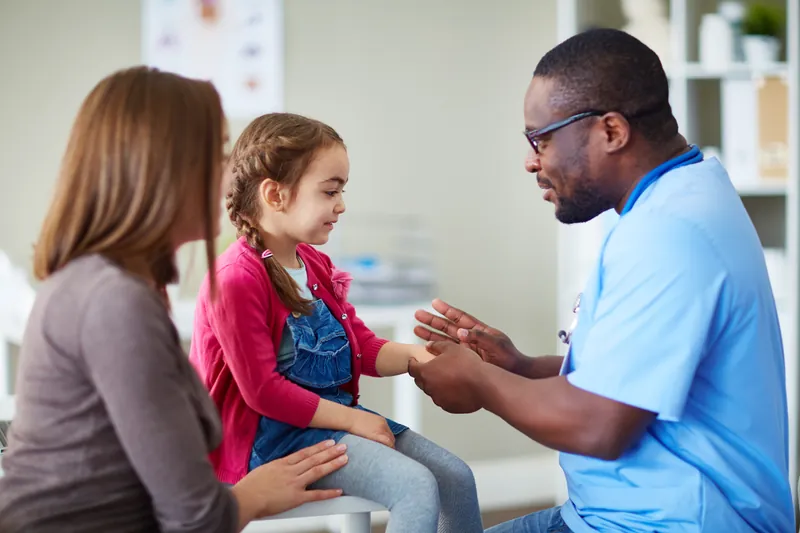

Your Health Care Team
Why is building the right health care team important?
Building the right health care team is key to the diagnosis, treatment, and management of your long-term health journey living with a rare disease. Start by choosing a primary care provider (PCP). Your PCP will be your main point of contact and help coordinate care with other medical professionals. Your PCP may order tests or refer you to specialists. To find a PCP near you, use the Medicare provider search tool and enter your location and “Primary Care Provider.”
Seeing multiple specialists is important for people with rare diseases because these conditions often affect many parts of the body and require care from doctors with different expertise. Most primary care providers may not be familiar with rare diseases, so involving specialists can lead to a more accurate diagnosis and better care. A coordinated team approach ensures that all symptoms are addressed and that care is well-managed. It can also connect patients with the latest research or treatment options.
A PCP that specializes in the care of children is called a pediatrician. Use this tool by the American Academy of Pediatrics to find a pediatrician in your area by inputting your location.
These specialists may help in the diagnosis, management, and treatment of Angiostrongyliasis:
Multidisciplinary Care Centers

Is It Time to Get a Second Opinion or Specialized Evaluation?
If you've visited your PCP, met with specialists, and undergone the recommended tests, but are still searching for a diagnosis, it may be time to visit an academic medical center or, for pediatric patients, a children's hospital. Academic medical centers and children's hospitals, often called multidisciplinary care centers, typically bring together specialists from different fields to work together on complex cases like rare diseases.
Multidisciplinary care centers may offer more coordinated care and be involved in clinical research, which may help reduce the time to diagnosis and provide access to emerging diagnostic tools. Specialists at these centers may have a deeper understanding of rare diseases and serve as a resource when you'd like a second opinion, particularly when test results or treatment plans are not delivering expected results.
Use this tool to find hospitals that may partner with medical schools and programs in your area.
Children’s hospitals and large teaching hospitals may also offer dedicated specialists and programs for pediatric patients with undiagnosed or rare diseases. These programs bring pediatric experts together in one place and may provide more coordinated care for your child.
Use this tool to search for children’s or university hospitals in your area.
Multidisciplinary Care Centers
Is It Time to Get a Second Opinion or Specialized Evaluation?

If you've visited your PCP, met with specialists, and undergone the recommended tests, but are still searching for a diagnosis, it may be time to visit an academic medical center or, for pediatric patients, a children's hospital. Academic medical centers and children's hospitals, often called multidisciplinary care centers, typically bring together specialists from different fields to work together on complex cases like rare diseases.
Multidisciplinary care centers may offer more coordinated care and be involved in clinical research, which may help reduce the time to diagnosis and provide access to emerging diagnostic tools. Specialists at these centers may have a deeper understanding of rare diseases and serve as a resource when you'd like a second opinion, particularly when test results or treatment plans are not delivering expected results.
Use this tool to find hospitals that may partner with medical schools and programs in your area.
Children’s hospitals and large teaching hospitals may also offer dedicated specialists and programs for pediatric patients with undiagnosed or rare diseases. These programs bring pediatric experts together in one place and may provide more coordinated care for your child.
Use this tool to search for children’s or university hospitals in your area.
Rare Disease Experts
How can you find a rare disease expert?
If a diagnosis, care management, or treatment plan remains unclear despite extensive efforts by your PCP and specialists, it may be time to find a rare disease expert for your disease, if available. A rare disease expert is a medical provider that has knowledge or training on specific rare disease(s), but there may only be a few experts in your state, region, or country. Rare disease experts may work at large research or teaching hospitals, sometimes called centers of excellence. Centers of Excellence commit to sharing knowledge and best practices that can lead to improved care and treatment for individuals living with a rare disease.
You can also contact a GARD Information Specialist for help finding experts, centers of excellence, or clinics that focus on your disease.
You can ask your care providers for help finding an expert or use directory tools to search for experts near you. The National Organization for Rare Disorders (NORD) maintains a list of rare disease centers with experts that work together to find treatments and cures for a broad range of rare diseases. Search NORD's Center Directory to find experts near you.
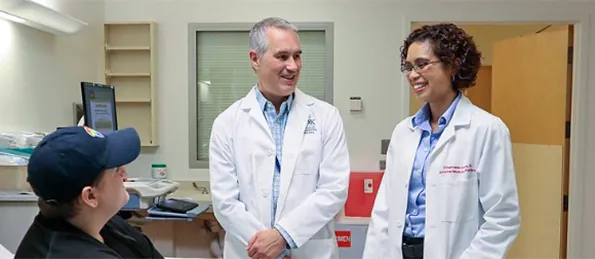
Rare Disease Experts
How can you find a rare disease expert?

If a diagnosis, care management, or treatment plan remains unclear despite extensive efforts by your PCP and specialists, it may be time to find a rare disease expert for your disease, if available. A rare disease expert is a medical provider that has knowledge or training on specific rare disease(s), but there may only be a few experts in your state, region, or country. Rare disease experts may work at large research or teaching hospitals, sometimes called centers of excellence. Centers of Excellence commit to sharing knowledge and best practices that can lead to improved care and treatment for individuals living with a rare disease.
You can also contact a GARD Information Specialist for help finding experts, centers of excellence, or clinics that focus on your disease.
You can ask your care providers for help finding an expert or use directory tools to search for experts near you. The National Organization for Rare Disorders (NORD) maintains a list of rare disease centers with experts that work together to find treatments and cures for a broad range of rare diseases. Search NORD's Center Directory to find experts near you.
Find Your Community
How can patient organizations help?
Patient organizations can help patients and families connect. They build public awareness of the disease and are a driving force behind research to improve patients' lives. They may offer online and in-person resources to help people live well with their disease. Many collaborate with medical experts and researchers.
Services of patient organizations differ, but may include:
- Ways to connect to others and share personal stories
- Easy-to-read information
- Up-to-date treatment and research information
- Patient registries
- Lists of specialists or specialty centers
- Financial aid and travel resources
Please note: GARD provides organizations for informational purposes only and not as an endorsement of their services. Contact a GARD Information Specialist for more information on organizations that may be dedicated to this disease. Please contact an organization directly if you have questions about the information or resources it provides.
View GARD's criteria for including patient organizations, which can be found under the FAQs on our About GARD page. Request an update or to have your organization added to GARD.


Patient Organizations
4 Organizations
Organization Name
Who They Serve
Helpful Links
Country
Participate in Research
Clinical studies are a part of clinical research and play an important role in medical advances for rare diseases. Through clinical studies, researchers may ultimately uncover better ways to treat, prevent, diagnose, and understand human diseases.
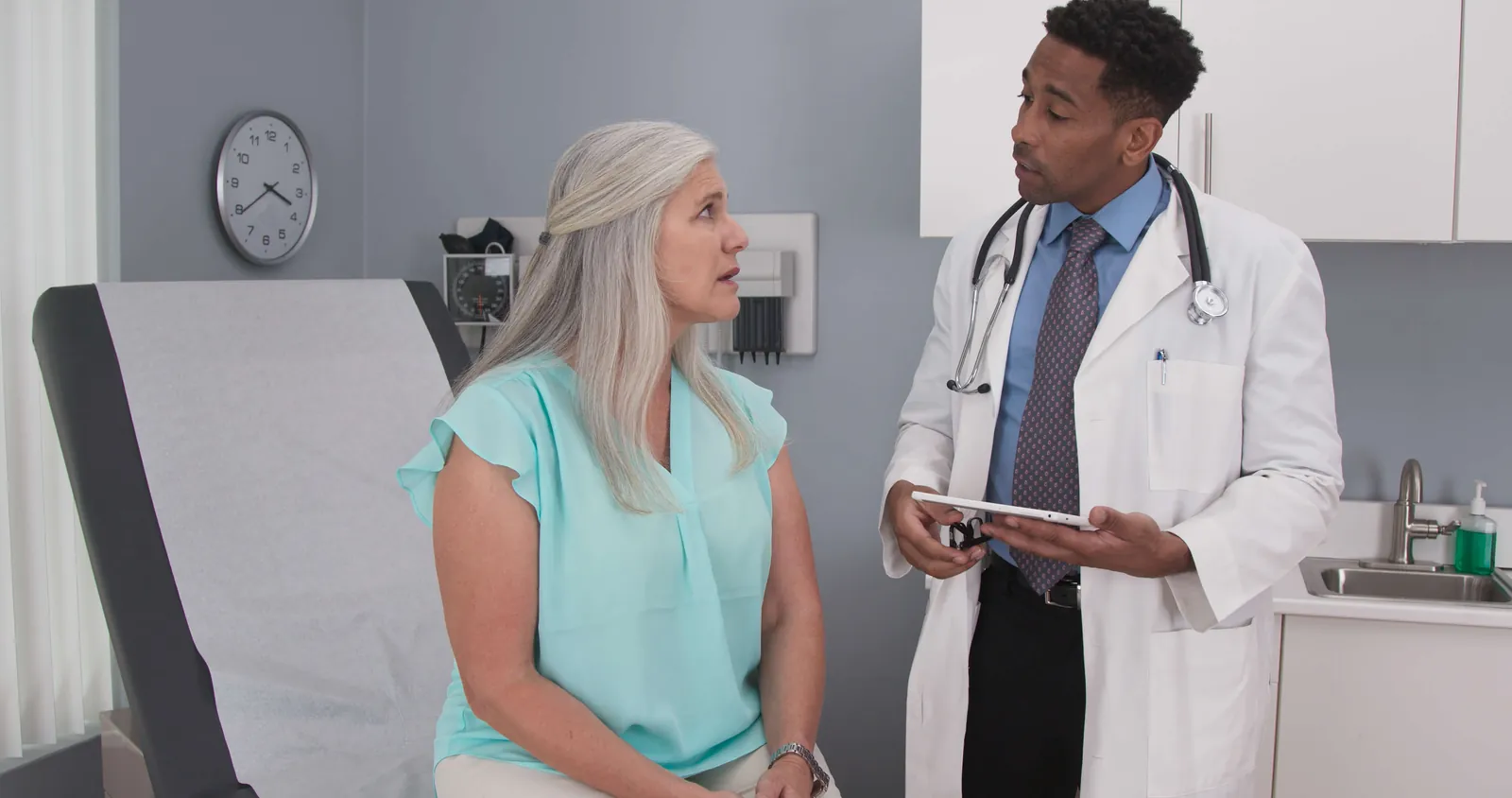
What Are Clinical Studies?
Clinical studies are medical research involving people as participants. There are two main types of clinical studies:
- Clinical trials determine if a new test or treatment for a disease is effective and safe by comparing groups receiving different tests/treatments.
- Observational studies involve recording changes over time among a specific group of people in their natural settings.
Learn more about clinical trials from this National Institutes of Health webpage.
Why Participate in Clinical Studies?
People participate in clinical trials for many reasons. People with a disease may participate to receive the newest possible treatment and additional care from clinical study staff as well as to help others living with the same or a similar disease. Healthy volunteers may participate to help others and to contribute to moving science forward.
To find the right clinical study we recommend you consult your doctors, other trusted medical professionals, and patient organizations. Additionally, you can use ClinicalTrials.gov to search for clinical studies by disease, terms, or location.
What if There Are No Available Clinical Studies?
ResearchMatch helps connect people interested in research studies with researchers from top medical centers across the United States. Anyone from the U.S. can register with this free program funded by NIH. Researchers from participating institutions use the database to search for and invite patients or healthy volunteers who meet their study criteria to participate.
Why may you want to consider joining the All of Us Research Program?
The All of Us Research Program is inviting 1 million people from all backgrounds across the U.S. to help build one of the most diverse health databases in history. Researchers will use the data to learn how our biology, lifestyle, and environment affect health. This may one day help them find ways to treat and prevent diseases.
What Are Clinical Studies?
Clinical studies are medical research involving people as participants. There are two main types of clinical studies:
- Clinical trials determine if a new test or treatment for a disease is effective and safe by comparing groups receiving different tests/treatments.
- Observational studies involve recording changes over time among a specific group of people in their natural settings.
Learn more about clinical trials from this National Institutes of Health webpage.
Why Participate in Clinical Studies?
People participate in clinical trials for many reasons. People with a disease may participate to receive the newest possible treatment and additional care from clinical study staff as well as to help others living with the same or a similar disease. Healthy volunteers may participate to help others and to contribute to moving science forward.
To find the right clinical study we recommend you consult your doctors, other trusted medical professionals, and patient organizations. Additionally, you can use ClinicalTrials.gov to search for clinical studies by disease, terms, or location.
To find the right clinical study we recommend you consult your doctors, other trusted medical professionals, and patient organizations. Additionally, you can use ClinicalTrials.gov to search for clinical studies by disease, terms, or location.
What if There Are No Available Clinical Studies?
ResearchMatch helps connect people interested in research studies with researchers from top medical centers across the United States. Anyone from the U.S. can register with this free program funded by NIH. Researchers from participating institutions use the database to search for and invite patients or healthy volunteers who meet their study criteria to participate.
Why may you want to consider joining the All of Us Research Program?
The All of Us Research Program is inviting 1 million people from all backgrounds across the U.S. to help build one of the most diverse health databases in history. Researchers will use the data to learn how our biology, lifestyle, and environment affect health. This may one day help them find ways to treat and prevent diseases.
ClinicalTrials.gov, an affiliate of NIH, provides current information on clinical research studies in the United States and abroad. Talk to a trusted doctor before choosing to participate in any clinical study. We recommend checking this site often and searching for studies with related terms/synonyms to improve results.
GARDGenetic and Rare Diseases
Information Center
Information Center
Contact a GARD Information Specialist if you need help finding more information on this rare disease or available clinical studies. Please note that GARD cannot enroll individuals in clinical studies.
Leave a detailed voice message and a GARD information specialist will respond to your inquiry.
ClinicalTrials.gov, an affiliate of NIH, provides current information on clinical research studies in the United States and abroad. Talk to a trusted doctor before choosing to participate in any clinical study. We recommend checking this site often and searching for studies with related terms/synonyms to improve results.
GARDGenetic and Rare Diseases
Information Center
Information Center
Contact a GARD Information Specialist if you need help finding more information on this rare disease or available clinical studies. Please note that GARD cannot enroll individuals in clinical studies.
Use the contact form to send your questions to a GARD Information Specialist.
Please allow 2 to 10 business days for us to respond.
Please allow 2 to 10 business days for us to respond.
GARD collects data from a variety of sources to populate its website and provide accurate and reliable information on rare diseases.
GARD uses data collected from Orphanet, Online Mendelian Inheritance in Man (OMIM) , and Mondo Disease Ontology to interpret and provide information on rare diseases. This includes names, synonyms, genes, symptom frequency, population estimates and more.
- Orphanet is an online database of rare diseases and orphan drugs that provides aggregated data coordinated by INSERM-US14 in Paris.
- OMIM is a database of human genes and genetic phenotypes authored and edited at the McKusick-Nathans Institute of Genetic Medicine , Johns Hopkins University School of Medicine.
- Mondo Disease Ontology provides a logic-based structure unifying multiple disease resources in coordination with the Human Phenotype Ontology (HPO) and support from the NIH National Human Genome Research Institute Phenomics First Resource.
GARD uses the Human Phenotype Ontology (HPO) for standard terminology to represent a disease's phenotypic and clinical features.
GARD uses information gathered from the National Center for Biotechnology Information's MedGen to help in explaining genetic and rare diseases.
GARD uses the National Library of Medicine for a variety of resources on health information.
- Learn about the Newborn Screening Coding and Terminology Guide
- Find health information from MedlinePlus
- Learn about the Unified Medical Language System
GARD uses additional resources when developing content.
Last Updated: December 2025
